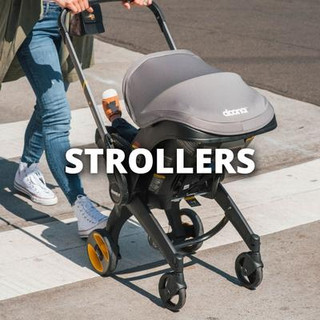AAP Safety Update - April 2011
SUMNER, WA – March 31, 2011
Parents who trust their child’s safety to a Sunshine Kids RadianXTSL or Radian80SL car seat can rest assured that the product makes it easy for them to comply with the latest guidelines from the American Academy of Pediatrics (AAP).
In a new policy published in the April 2011 issue of Pediatrics, the AAP advises parents to keep their toddlers in rear-facing car seats until age 2, or until they reach the maximum height and weight for their seat. The recommendations are supported by research that shows that children under age 2 are 75 percent less likely to die or be severely injured in a crash if they are riding rear-facing. The good news for the parents and young passengers who rely on the Sunshine Kids RadianXTSL or Radian80SL is that these car seats continue to have the highest rear-facing capacity available – 45 pounds – to safely accommodate children up to the maximum age possible. The Radian series has also passed rigorous crash testing and garnered distinctive reviews, thanks to its unique, high-strength steel frame, which does a superior job of distributing the force of a collision, maintaining the integrity of the car sear and protecting the child.
The previous AAP guidelines, published in 2002, advised that it is safest for infants and toddlers to ride rear-facing up to the limits of the car seat, but suggested age 12 months and 20 pounds as a minimum. As a result, many parents turned the seat to face the front of the car a year sooner than recommended by the new guidelines.
The Radian’s 45-pound rear-facing capacity exceeded those previous guidelines by 25 pounds, because, according to Sunshine Kids President, Brad Keller, “Our own research and crash testing confirmed that children should be seated rear-facing for as long as possible. We applaud the AAP’s new guidelines because that’s always been our recommendation, and why we designed the Radian for children up to 45 pounds. We hope that the AAP report gets a lot of attention because it will save lives.”
According to Dennis Durbin, MD, FAAP, the lead author of the AAP policy statement and accompanying technical report, “A rear-facing child safety seat does a better job of supporting the head, neck and spine of infants and toddlers in a crash, because it distributes the force of the collision over the entire body.”












